FirstTimer
New Member
Hi all,
I have 19 seedlings growing under a 250 MH and they are all doing pretty bad. They are just over three weeks old and all have about three sets of leaves. They are severly stunted I think. My water ph was 8.5 for the first three weeks. I corrected my water ph to 6.5 the last time I watered. This was like 6 days ago. The plants have gotten a lot worse since then. Judging from the pics are they suffering from ph shock or something else?
The last pic is of one of my clones they are also suffering the same fate.
Great White Shark
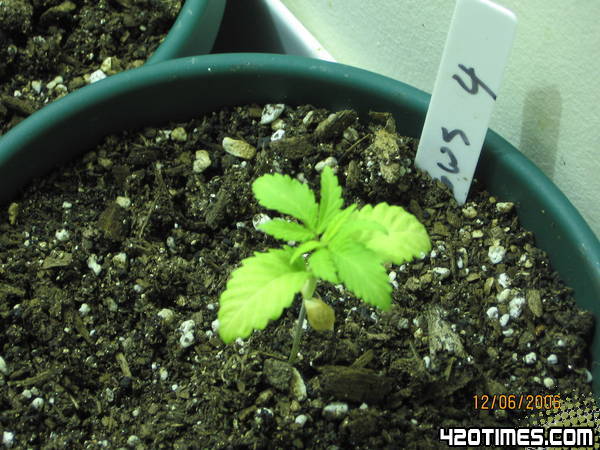
Hawaiian Snow
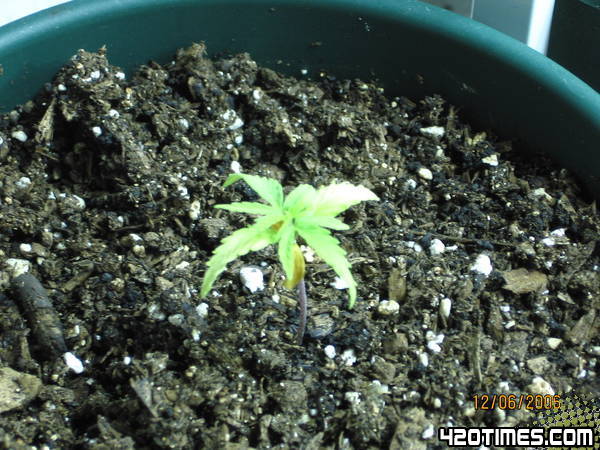
S.A.G.E.
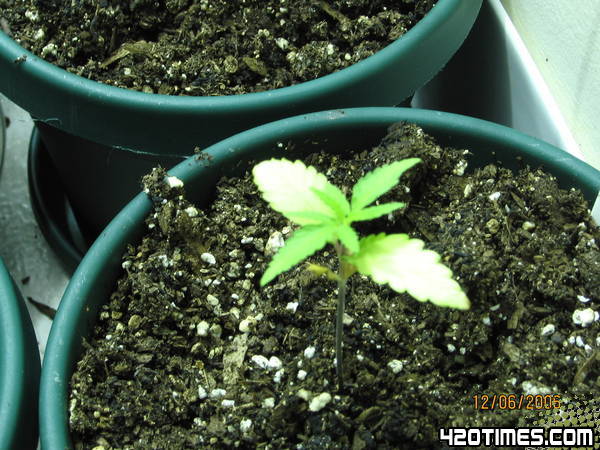
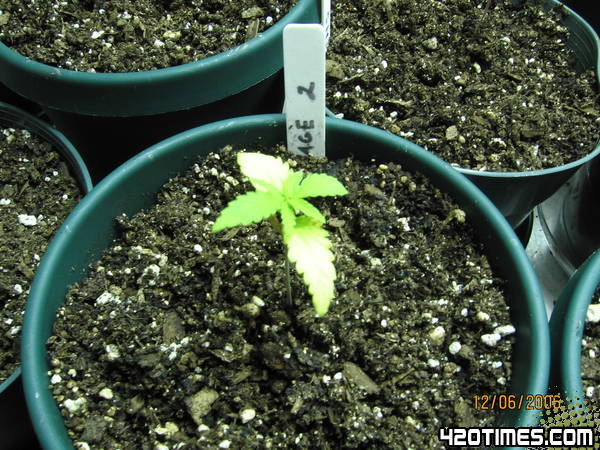
BC Sweet Tooth Clone
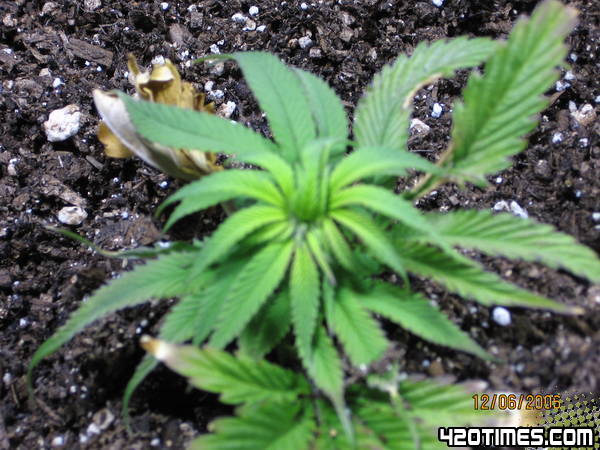
Thanks for any advice you can provide!
I have 19 seedlings growing under a 250 MH and they are all doing pretty bad. They are just over three weeks old and all have about three sets of leaves. They are severly stunted I think. My water ph was 8.5 for the first three weeks. I corrected my water ph to 6.5 the last time I watered. This was like 6 days ago. The plants have gotten a lot worse since then. Judging from the pics are they suffering from ph shock or something else?
The last pic is of one of my clones they are also suffering the same fate.
Great White Shark

Hawaiian Snow

S.A.G.E.


BC Sweet Tooth Clone

Thanks for any advice you can provide!



 ... you call me!
... you call me! 

 He took new BC Sweet tooth clones for me yesterday. I will be picking those up as soon as they are ready.
He took new BC Sweet tooth clones for me yesterday. I will be picking those up as soon as they are ready.